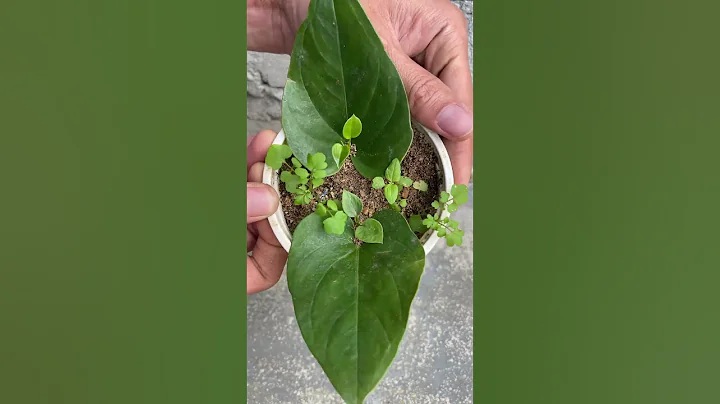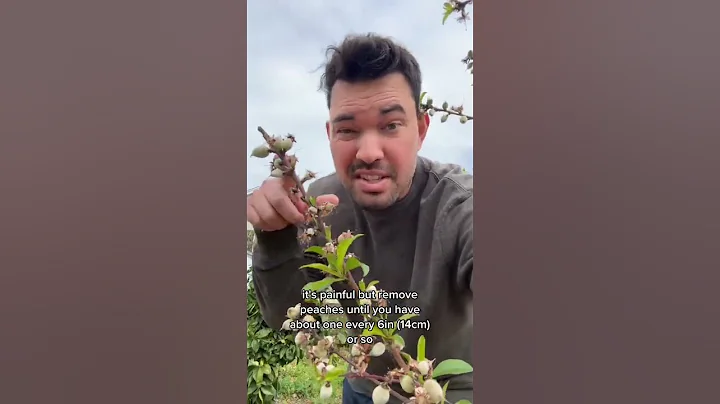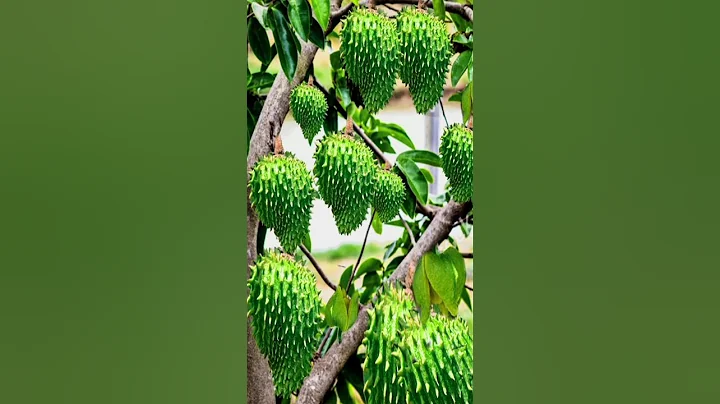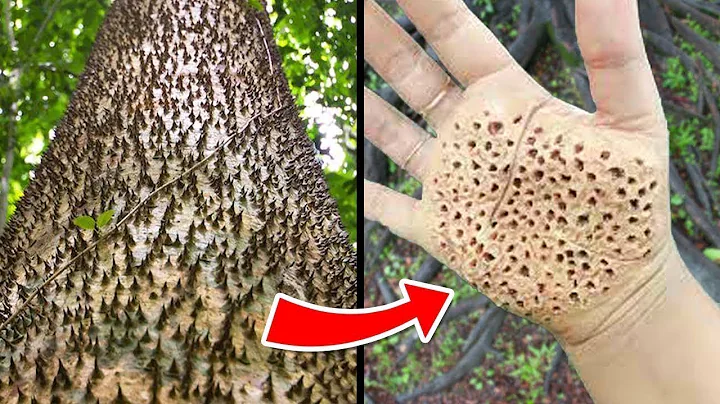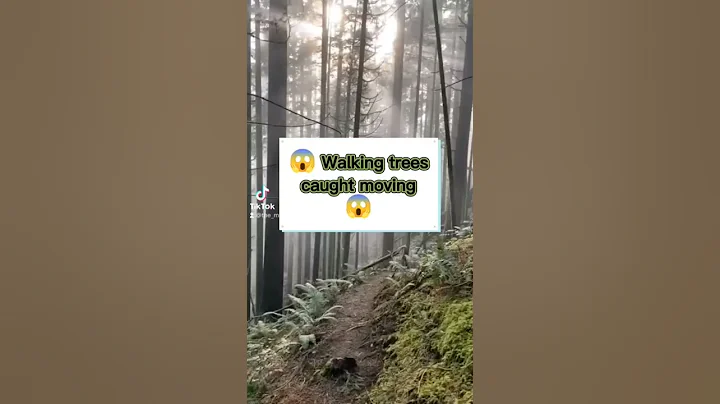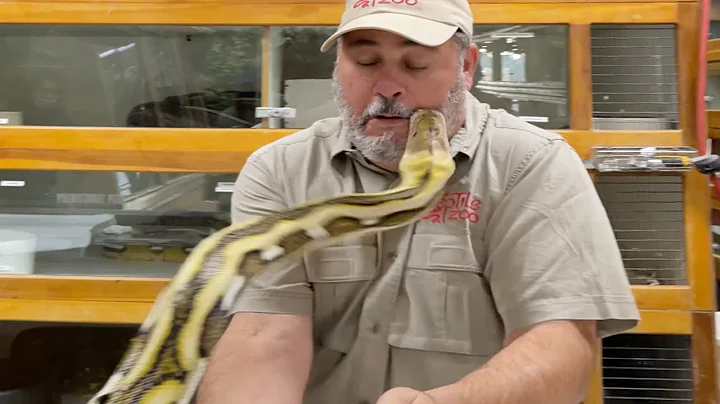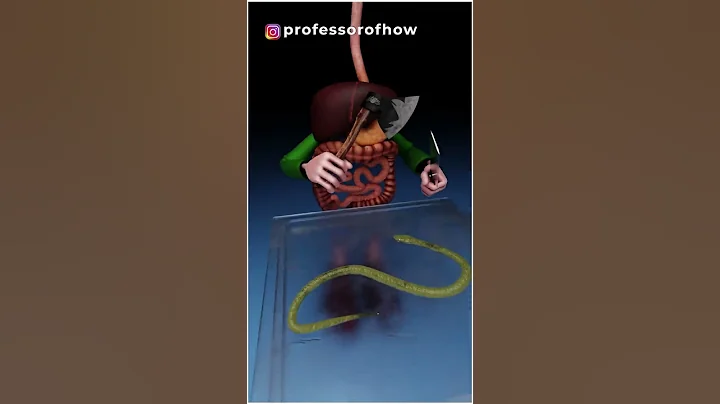Sacred Needle Jade (also known as Black King's Hall)
C . rupestris ssp rupestris
The picture below: A single Sacred Needle Jade plant, taken in the core habitat community in the northern part of the Xifenke family. Unlike coastal plants that have clean spines, the plants here grow near low fog zones and have algae and lichens on their spines.


Shenzhen Jade is the most diverse species of dragon claw ball, except that it has a hard body, an enlarged taproot and grows between Cifunco and San Ramon Valley. , it is difficult to describe it.
Picture below: Observed from the core area where the sacred needle jade inhabits in the south. Cifunco is located below the hilltop in the distance (yellow arrow). Another population of Sacred Needle Jade (blue arrow) grows on the hilltop on the left. The southernmost colony (red arrow) grows south of Cifunco.

The core area of the coastal community (including Ritters C. rubraflora) is located in the mountainous area of northern Cifunco at an altitude of 200-400 meters. Here, the plants develop into large one-meter clumps composed of up to 70 stems, resembling some form of C. marginata. These plants are very different from those often photographed and explored on the coast south of Tartar, which consist of many young stems growing from a swollen taproot. Almost all coastal plants have preserved mature stems from recent dry periods and re-sprouted in wet years, resulting in thick stems rather than the taller growth of mature plants in the core. Because the stems of coastal plants are relatively young (and at least a few decades old), their spines are brighter and cleaner than the mature stems of core area plants. This can lead to some problems: Novice Dionysus seekers assume that two separate taxa may exist.

Above picture: Taken from the core area of Shenzhen Jade in the north of Xifenke. Some plants have more than 60 stems. A plant that grows on misty mountain ridges, with gray spines covering the entire stem that looks similar to some form of dragon scale pill. The picture below shows a Sacred Needle Jade growing on the coast. It is difficult to find the Sacred Needle Jade during the flowering period.

Ritter is obviously not aware of the aphrodisiac that grows in northern Taltal and is rarely featured in the magazine "Copiapoa 1996". We show a few near Quebrada San Ramon. A photo of a plant showing some smaller plants growing in a spread. It is not known how these plants are connected together or how they reach the recently grown Shen Zhen Jade on the coast (about 9 kilometers to the southwest). . Further investigation revealed that the inland community was much larger than originally thought, extending from the middle reaches of the San Ramon Valley (250-550 m) up the northern slopes and beyond the summit of Cerro Breas ( 1000 meters above sea level), extending down some rocky slopes to the north and south sides. The core area seems to be around 600-900 meters above sea level. Below: A very healthy Shenzhenyu plant with relatively thin stems. The healthier the community, the greater its internal variability.

Grows in some places on the edge of deserts that are too dry for the plant (including Black King and Silver Beard Jade). On the main lower north-facing slopes, needle jade grows together with silver whisker jade, but only on the edges.

Above: Seedlings growing in "ornate granite". Seedlings grow after being partially buried for many years and then gradually reach the size shown. Juveniles that re-sprout from the enlarged taproot grow faster and have less dense or bushy spines.
神needle There is some connection between the two different species of plants. It is still unclear. The southern colony is a coastal species and rarely grows beyond 5 kilometers from the coast. The northern form is a montane species that grows at altitudes of 1,000 meters and extends inland through Black King or Silverbeard habitats. The most inland plant (in the form of "Aphanes", C. aphone is a new species discovered in 2005, it is currently very controversial, and the decision is not finalized here), at least 15 kilometers from the ocean.

In the core community of its habitat, the Shenzhenyu grows alone, and along its edges are the Black King Maru and the Gokuryu Maru.The kuroohmaru and ginsu jade species that grow in the San Ramon Valley should be considered invaders because they spread from the true jade communities in the surrounding highlands. Ritter gave the red-flowered needle jade an independent identity. C. rubraflora (full name: Copiapoa rubriflora F. Ritter) is a plant that grows in southern Tartar, claiming that they are related to the form of the needle jade further south and inland. Distinct differences, thus having separate species status.
and above are the editor's personal opinions. If there are any mistakes, flower friends are welcome to correct them in the comment area (remember to like and follow, the editor will work harder to write down).



